US Conference Board Consumer Confidence rose from 93.0 to 97.2 in July, beating expectations of 95.9. Expectations Index climbed 4.5 points to 74.4, signaling a slight improvement in sentiment about future conditions, but remained below the critical 80 threshold, a level typically associated with looming recession risk. Meanwhile, Present Situation Index dipped -1.5 points to 131.5, suggesting consumers’ views on current conditions remain broadly steady.
Stephanie Guichard of The Conference Board noted that while overall confidence has rebounded from earlier weakness, it “remains below last year’s heady levels.” She added that improved expectations on jobs, income, and business conditions helped drive July’s uptick.




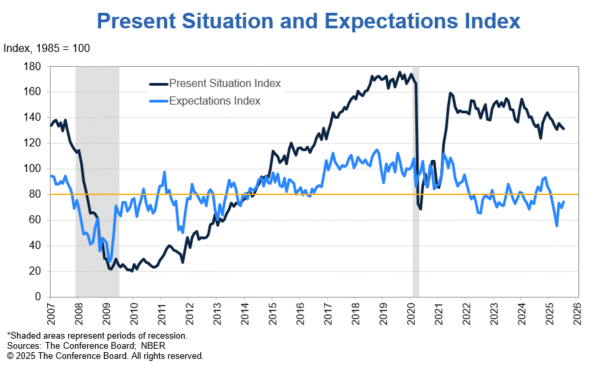
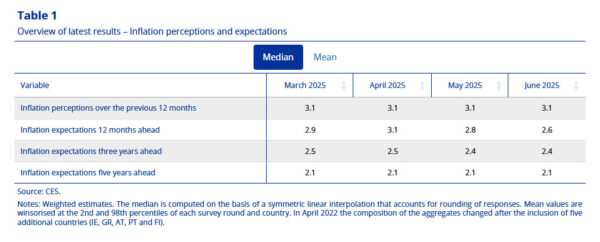
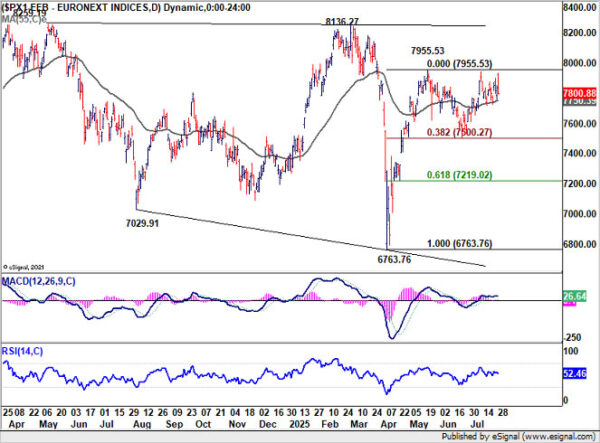
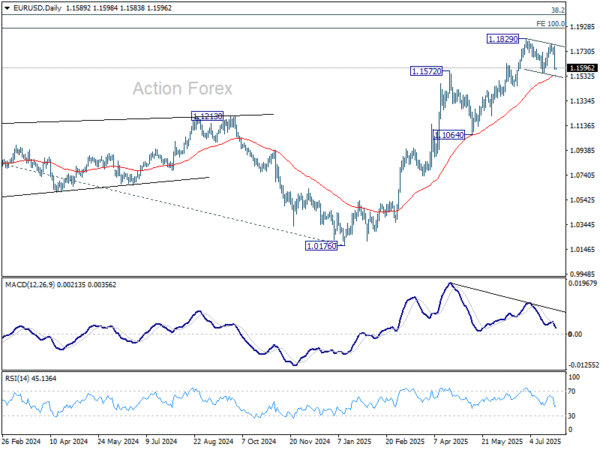
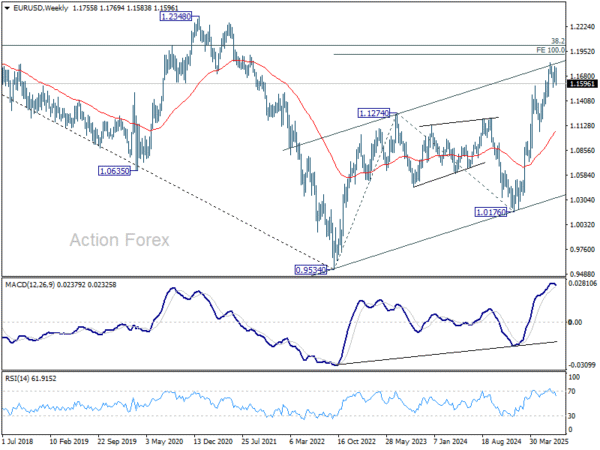
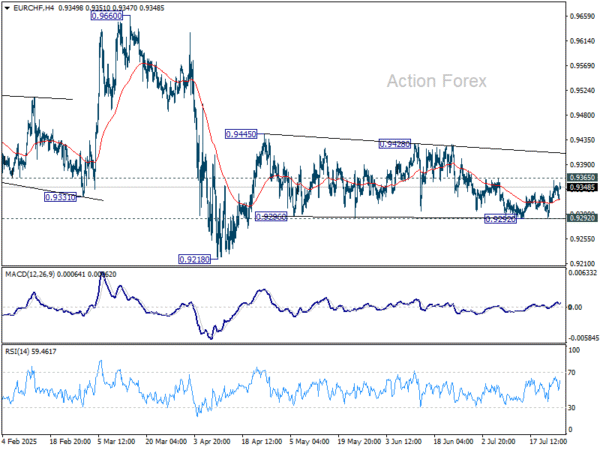
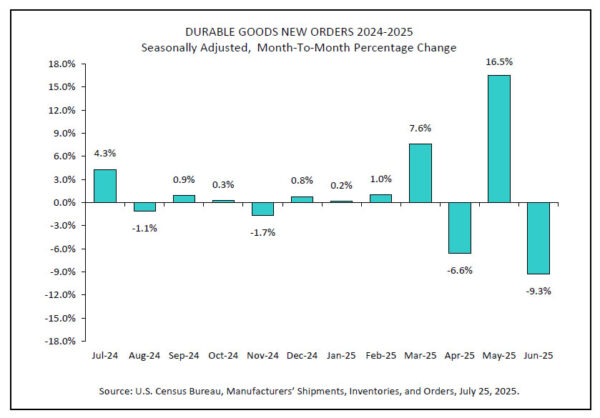

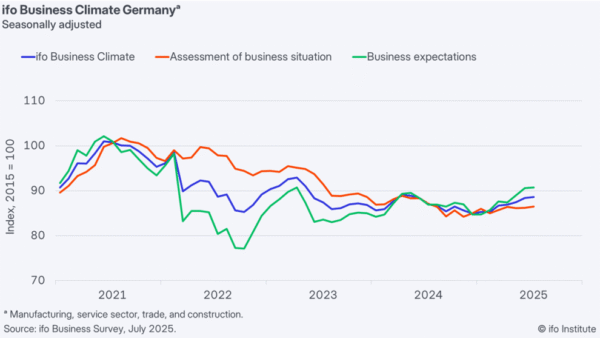
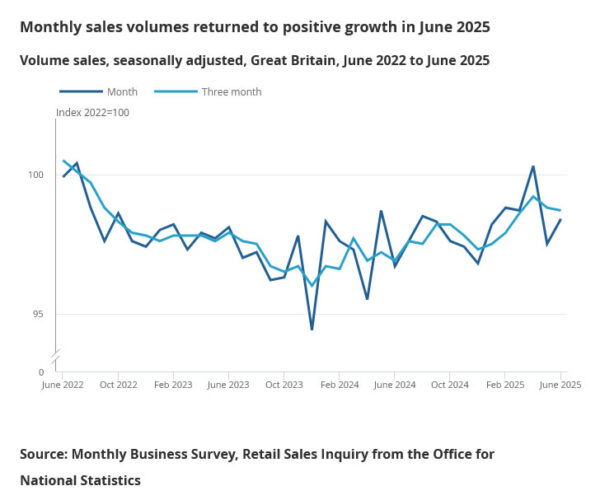
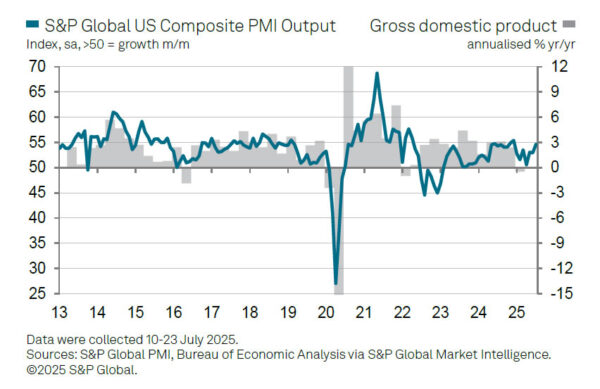
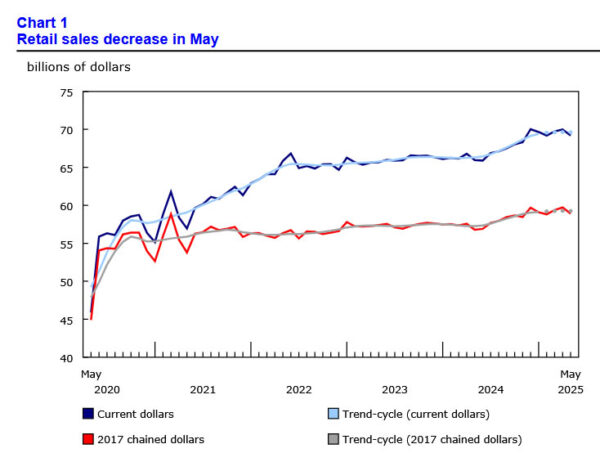
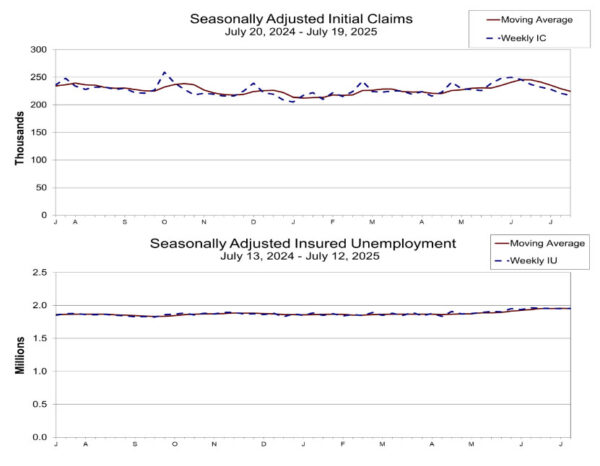
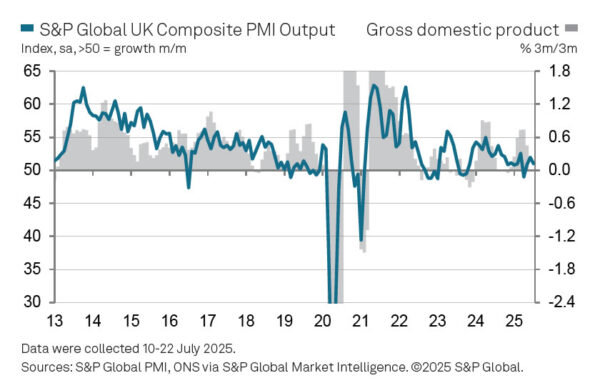

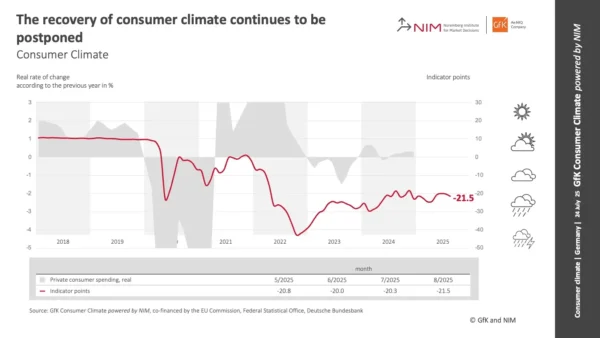

NZ ANZ business confidence ticks up to 47.8, easing inflation signals more RBNZ cuts ahead
New Zealand’s ANZ Business Confidence ticked higher in July, rising from 46.3 to 47.8. Own Activity Outlook edged down slightly from 40.9 to 40.6. The share of firms expecting to raise prices over the next three months dropped to 43.5%—the lowest since December 2024. Inflation expectations also dipped from 2.71% to 2.68%.
ANZ described the inflation signals as “benign,” noting declines across both cost and pricing expectations. The bank suggested that RBNZ may soon shift from worrying about inflation staying too high to concerns about it falling too low, implying a greater likelihood of deeper monetary easing than currently priced in by markets or flagged by the RBNZ itself.
Full NZ ANZ business confidence release here.